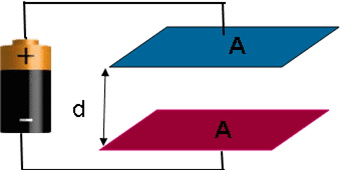PHY136H5 Lecture Notes - Ammeter, Voltmeter, Electric Potential Energy
65 views5 pages
Document Summary
Electric charges tend to move from one position to another of lower electrostatic potential energy in much the same way that masses tend to move to a position of lower gravitational potential energy. Electrostatic potential or simply potential v of a charge q is related to potential energy. A battery is a mechanism such that a constant potential (voltage) difference is maintained across its two terminals. If the terminals are connected through a circuit, charge flows (current) from one terminal to the other. When a conducting element that resists the flow of charge (resistance) is placed in the circuit, charge emerges from the resistor at a different voltage than when it entered the other side. The ratio of the voltage v across the resistor to the current i through it is a constant (for most metallic conductors), independent of i, i. e. (2) is called the resistance of the conductor.
Get access
Grade+20% off
$8 USD/m$10 USD/m
Billed $96 USD annually

Homework Help
Study Guides
Textbook Solutions
Class Notes
Textbook Notes
Booster Class
40 Verified Answers
Class+
$8 USD/m
Billed $96 USD annually

Homework Help
Study Guides
Textbook Solutions
Class Notes
Textbook Notes
Booster Class
30 Verified Answers


